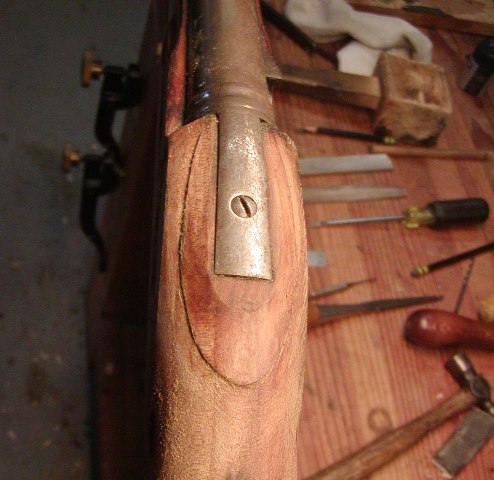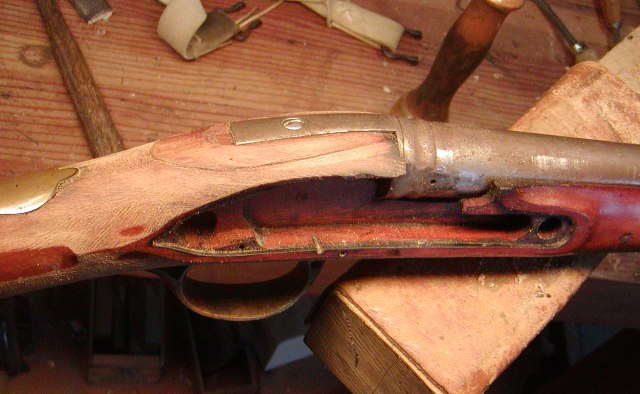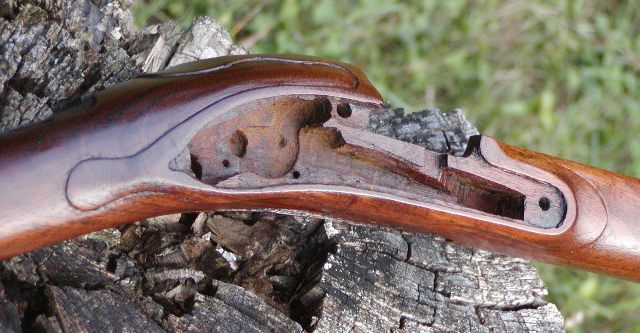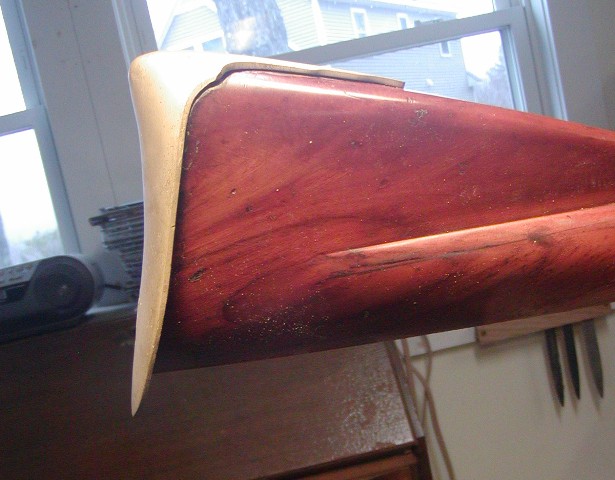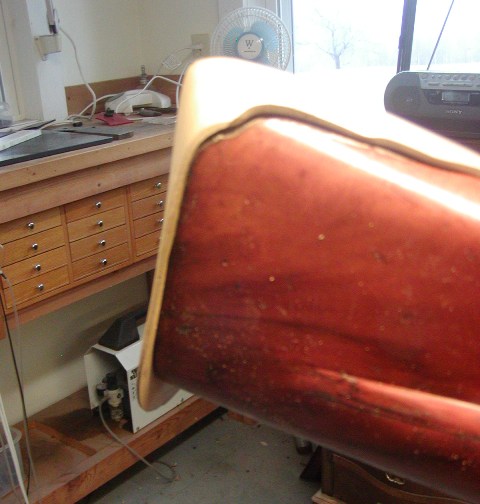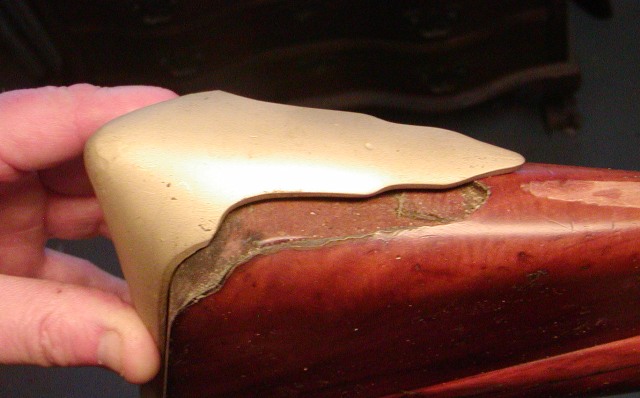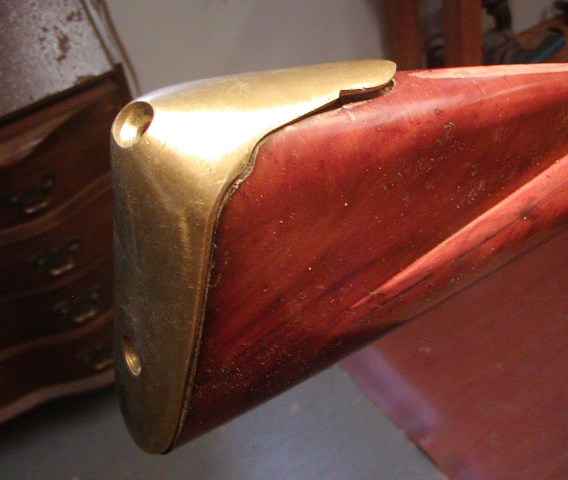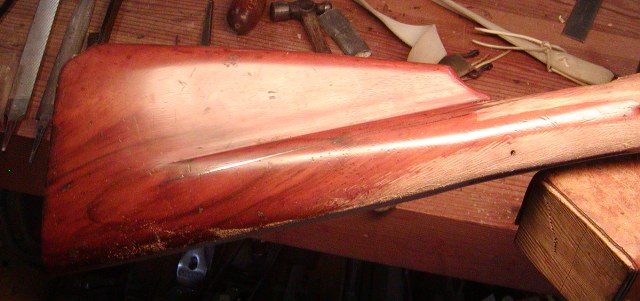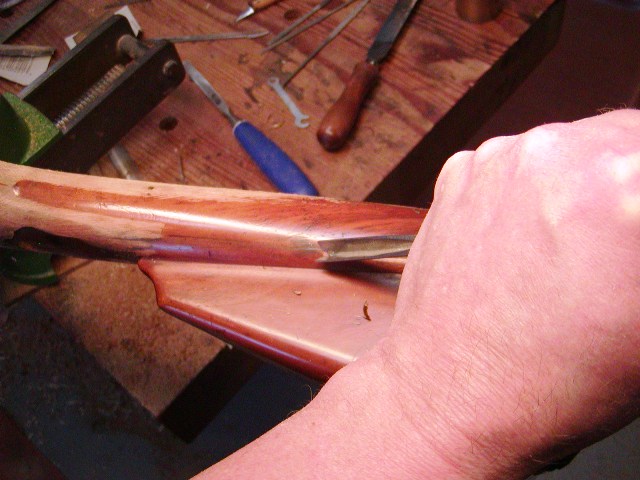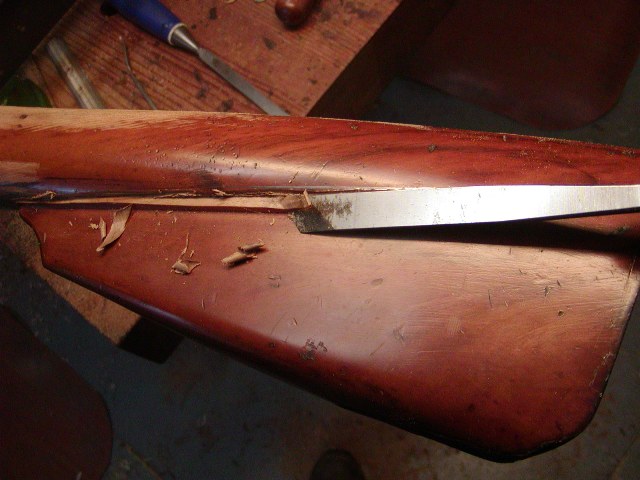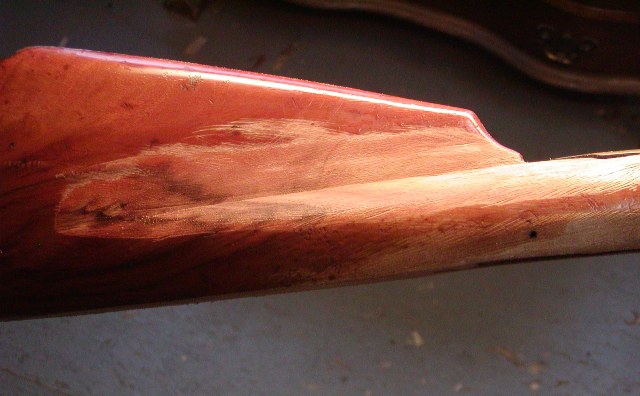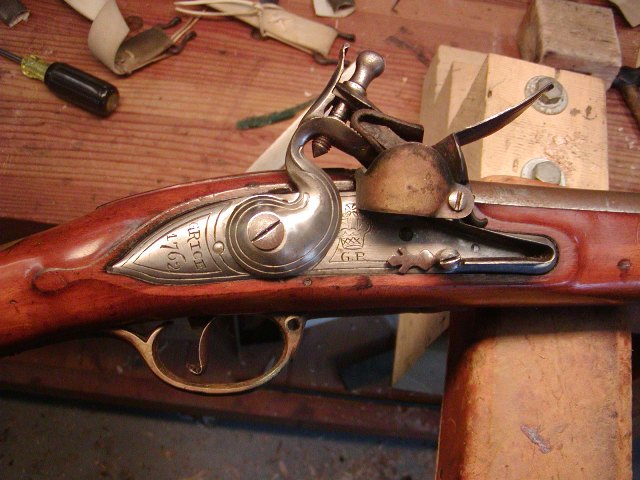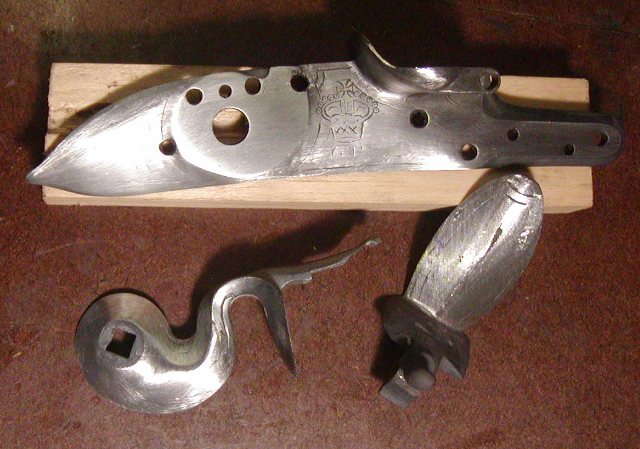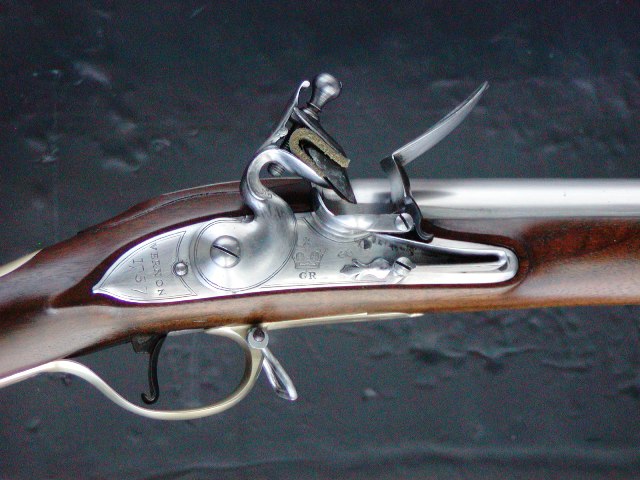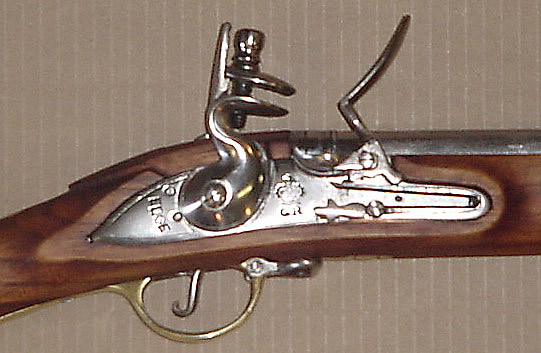- Joined
- Nov 26, 2005
- Messages
- 5,220
- Reaction score
- 10,867
Hi,
Other work unrelated to muzzleloaders has delayed me a lot so I need to get this project going. I am going to turn this Pedersoli Bess into a pretty good version of the pattern 1769 Besses assembled in Dublin Castle. The owner wants a musket that could have been taken by an American militia or continental soldier from a British soldier early in the Rev War. Because the Pedersoli is a short land musket, at that time most short land muskets in North America were from the Irish establishment. Therefore, the likelihood is that any short land British musket captured during that time would be marked Dublin Castle. I've reworked Pedersolis before to make them historically correct and posted the work on this forum. In this case, I am going to rework the lock and mark it properly as well as detail the gun to be as historically correct as possible. The musket is an old Pedersoli probably from the 1970s but it has been well cared for. The barrel is bright and clean inside and so is the lock despite evidence of a lot of use. As are so many reenactor muskets, the frizzen spring is anemic allowing horrible rebound but the mainspring is way too heavy. The markings need to be file off and correct decoration engraved. All of that will be fixed and done. The stock will be stripped and reshaped, much of the brass hardware will be modified, and everything finished in the manner of Dublin Castle. Below are photos of the raw musket before I start.
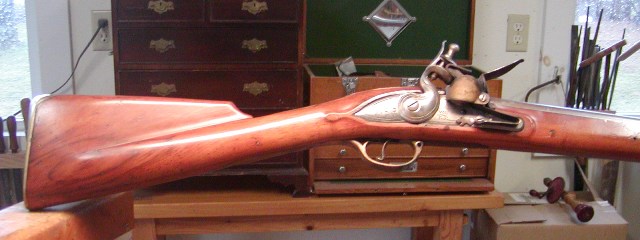
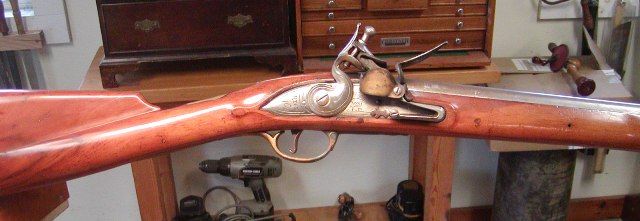
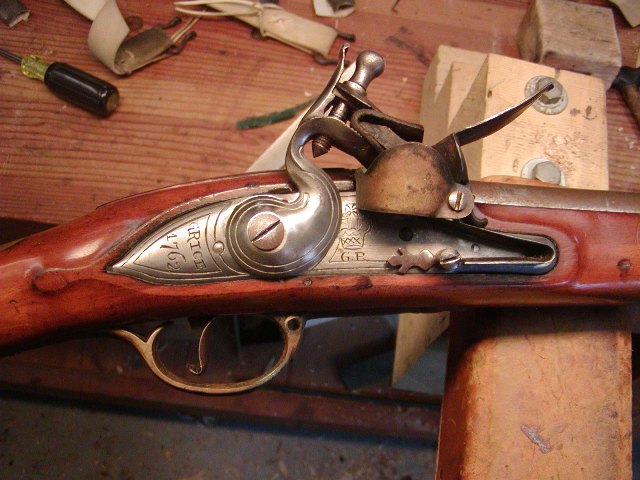
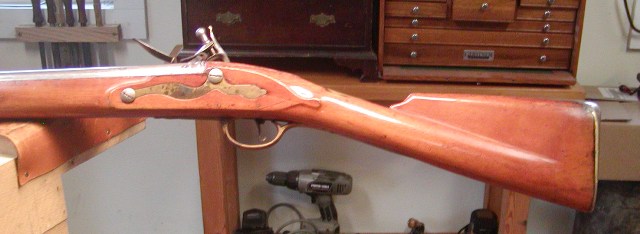
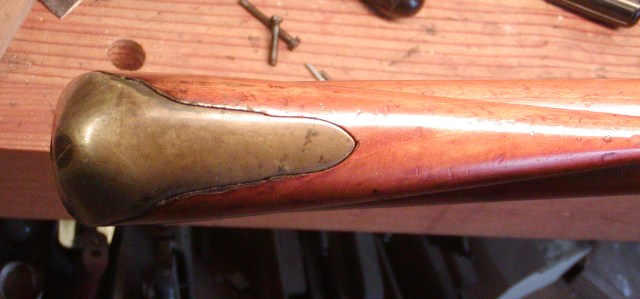
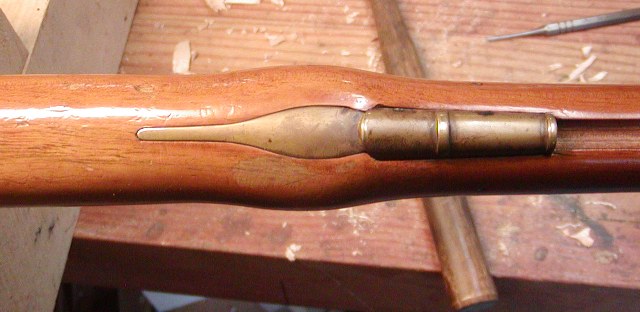
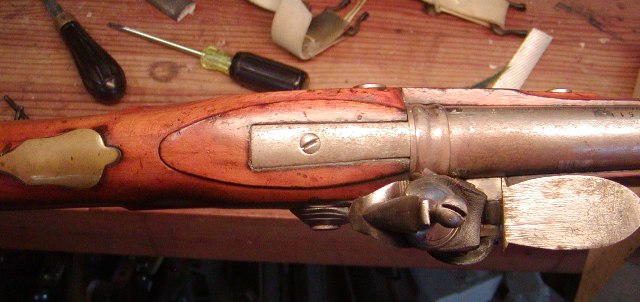
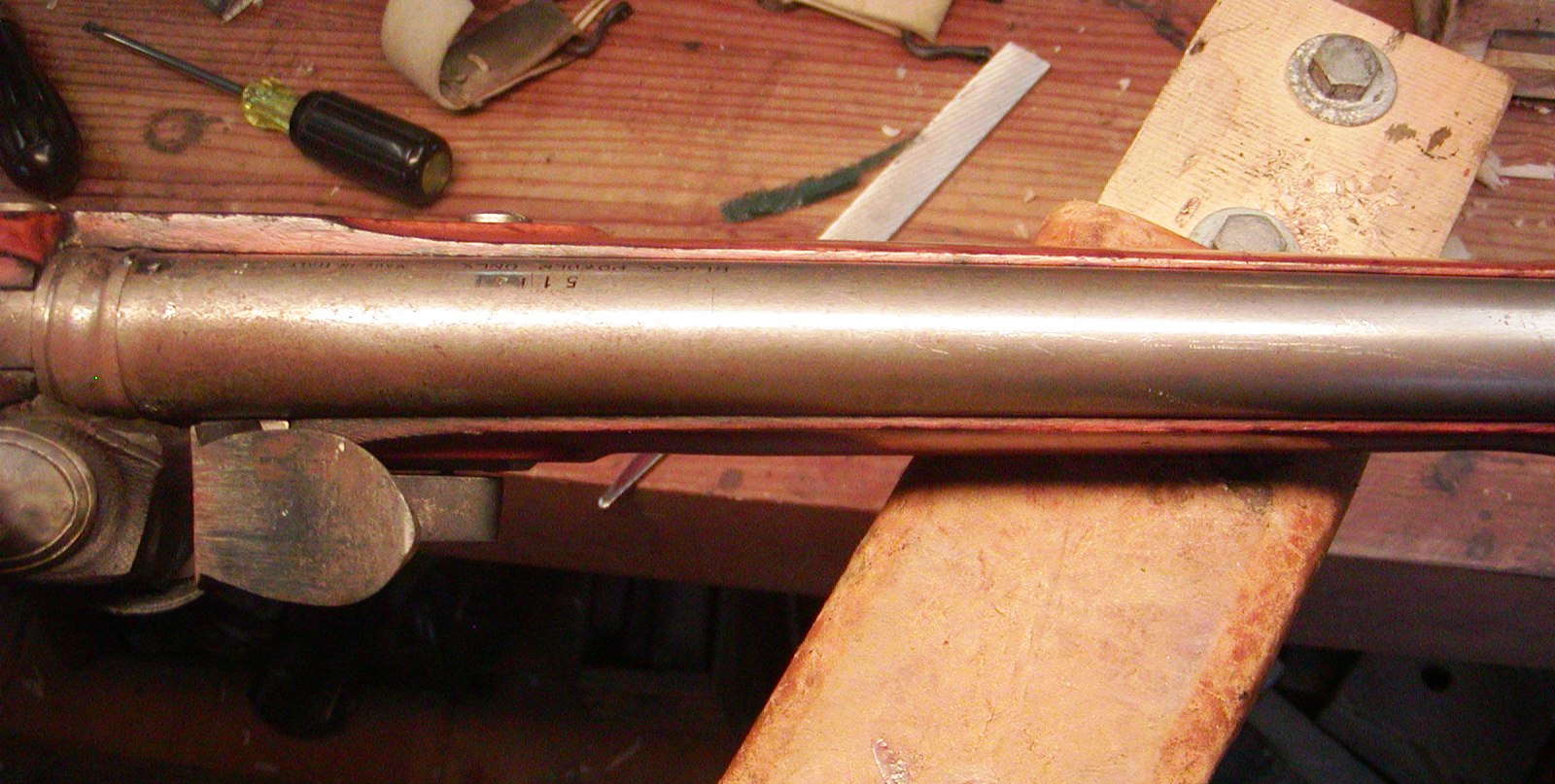
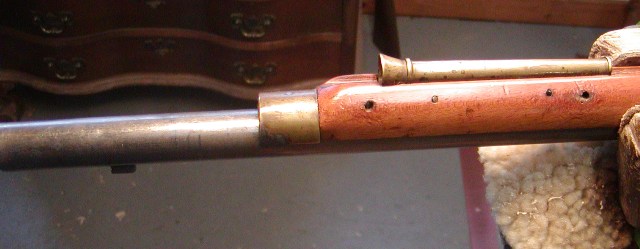
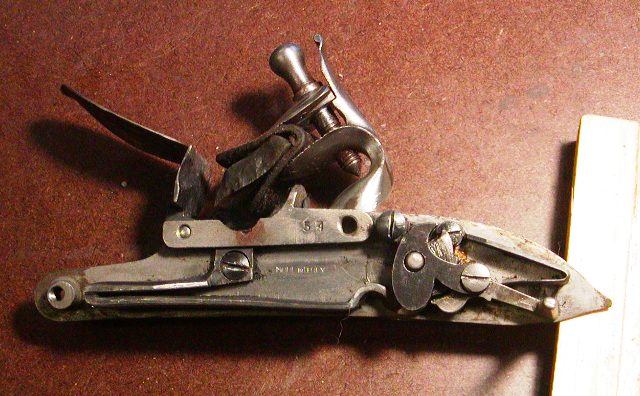
dave
Other work unrelated to muzzleloaders has delayed me a lot so I need to get this project going. I am going to turn this Pedersoli Bess into a pretty good version of the pattern 1769 Besses assembled in Dublin Castle. The owner wants a musket that could have been taken by an American militia or continental soldier from a British soldier early in the Rev War. Because the Pedersoli is a short land musket, at that time most short land muskets in North America were from the Irish establishment. Therefore, the likelihood is that any short land British musket captured during that time would be marked Dublin Castle. I've reworked Pedersolis before to make them historically correct and posted the work on this forum. In this case, I am going to rework the lock and mark it properly as well as detail the gun to be as historically correct as possible. The musket is an old Pedersoli probably from the 1970s but it has been well cared for. The barrel is bright and clean inside and so is the lock despite evidence of a lot of use. As are so many reenactor muskets, the frizzen spring is anemic allowing horrible rebound but the mainspring is way too heavy. The markings need to be file off and correct decoration engraved. All of that will be fixed and done. The stock will be stripped and reshaped, much of the brass hardware will be modified, and everything finished in the manner of Dublin Castle. Below are photos of the raw musket before I start.










dave






